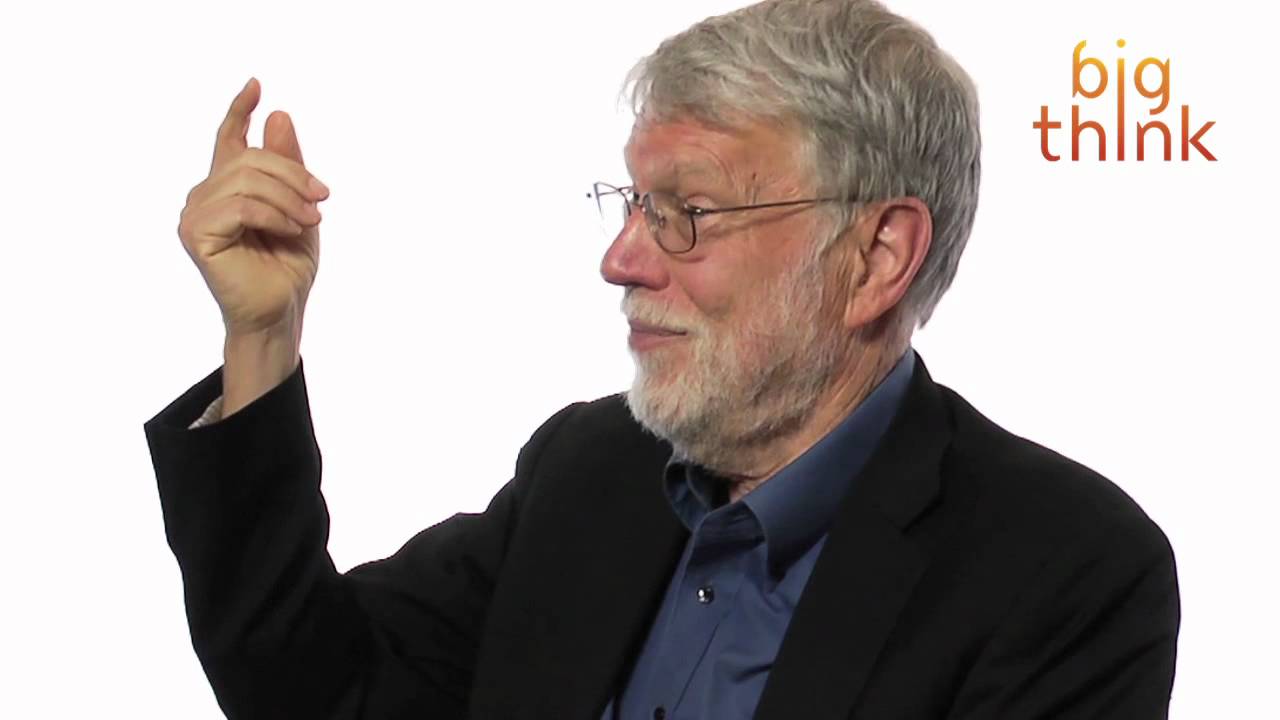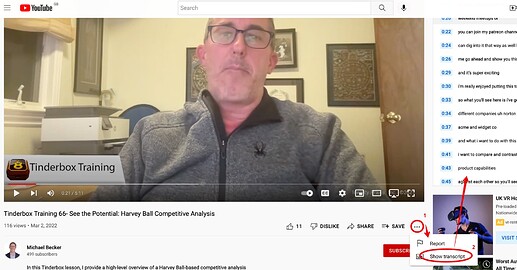This video with JSB, the renowned scholar and ex-Chief Scientist at Xerox PARC - referenced by new/old Tbx user Conrad at the meetup today - describes ideation, its structures, and the social structures behind them.
The concept of guilds, learning, meritocracy… one finds a great deal of what he says reflected in our fine Tinderbox community - down to Dashboards in progress measurement lol.
This is AWESOME!
"**If I ain't learning it ain't fun.**"Agree, our meet ups are the essence of a guild. I think we can be do a better job, however, going forward. I’d love to see us work on the “after action report” concept. We have so many gems locked in our weekly videos, but they’re not tagged, index, or analyzed. I’m wondering if we can assign a “scribed” at the start of each meeting, or perhaps multiple scribe-one for attendance, one for themes, one to document specific problems discussed, one to document recommended resources–books, aTbref examples, tools, etc… For that meeting it is the scribe that captures the themes of the week. We can then maintain a TBX file (I’ll volunteer to maintain it) that indexes all the sessions. I have my “dashboard” from every meetup I’ve participated in. Perhaps we can try this on next week’s meeting.
Thankyou @archurhh for the referenced video.
@satikusala I would love to have the ideas in the videos indexed and findable. How are the transcripts made? Is it possible to have time stamps and tag the relevant text and timestamp ? More tinderbox magic the extract tags and timestamps and relevant indexed items ?
Dashboards. How do you use it for meetings ? Is anyone using TB for a life dashboard - similar to how August Bradley uses a Notion Dashboard.
Themes. What does this mean ? I wonder if there is another conceptual layer of organizing Tinderbox techniques. There is too much I don’t know or understand about TB for me to grok this, but I wonder if users with more experiencne have a better sense of this.
For example in Mark Anderson’s reply to my query . He said:
So are there more short hand common task/techniques/concepts like “am I like my sibling.” ? I think the meetups also have some commonly discussed themes, not unlike reusing and coating information (TB config note).
In case some are unfamiliar, YouTube transcribes dialog in videos† which the viewer can display next to the video:
#1. Click the ellipsis (…) icon and then in the pop-up Show transcript.
The transcripts aren’t always spot on but generally close enough. They have regular timestamps. clicking a timestamp jumps the video to the start of that section of the spoken text.
@satikusala’s videos are all on YouTube so anyone could make a list of annotated transcripts noting key points. Him doing it will add to the amount of free time he puts in already, or rather it could remove time available for the non-trivial task of planning, making and post-editing the videos.
For Dashboard, on takeway from the video, is to dashboard your data. So the overall look & feel visuals arguably not the place to start, especially if based on s picture of someone else’s dashboard. It is showing someone else’s data! More important is to figure out what you wish to track and from that whether it is available already in Tinderbox (e.g. a note’s $WordCount) can be calculated from information you already store—possibly needing some action code to format it, or is the data external. If so, how will you bring it in? Type it manually, copy-paste, drag/drop, or use AutoFetch or an API. Even then is the data now in the form you want. For instance if you want to plot your weight, likely you want a number in a Number-type attribute and not a string, so 210 and not “15 stone” or “210 pounds”, and so on. If you can’t find/calculate the data you can’t show it. If lost on thinks like action code to transform dates or strings, then the community here in the forum can help.
I think this is the wrong way to approach the problem. Rather than ask “is there a method for X?”, ask "how can I test Y?. Most likely there isn’t a push-button feature to answer Y but it is far more likely Y can be answered by collecting/transforming some data. By separating method and question, the upside it we rapidly acquire methods to do task similar to Y but different. A key to moving to effective personal use of action code is to think of it as a set of tools unused in different combinations for different tasks. If a starting question doesn’t indicate an obvious start, it is telling us we may beed to unpack the question and move it from the abstract. So less “how do I plot this topic” and more “how to a get numbers from this text so I can use it in a container plot”.
†. I don’t know it it is on by default or has to be enabled.
I was unaware of this feature of YouTube. Thanks.
More like an anecdote, but long before that video appeared, i had just defended a thesis proposal on a topic which is, essentially about taming wicked conversations when a fellow stood up in a conversation group in Palo Alto and asked “How can we have civil conversations online about politics?”
My answer: “World of Warcraft meets global sensemaking”. On that day, we co-founded the TopicQuests Foundation.
Now, I link to that video to explain what I am thinking and doing.

